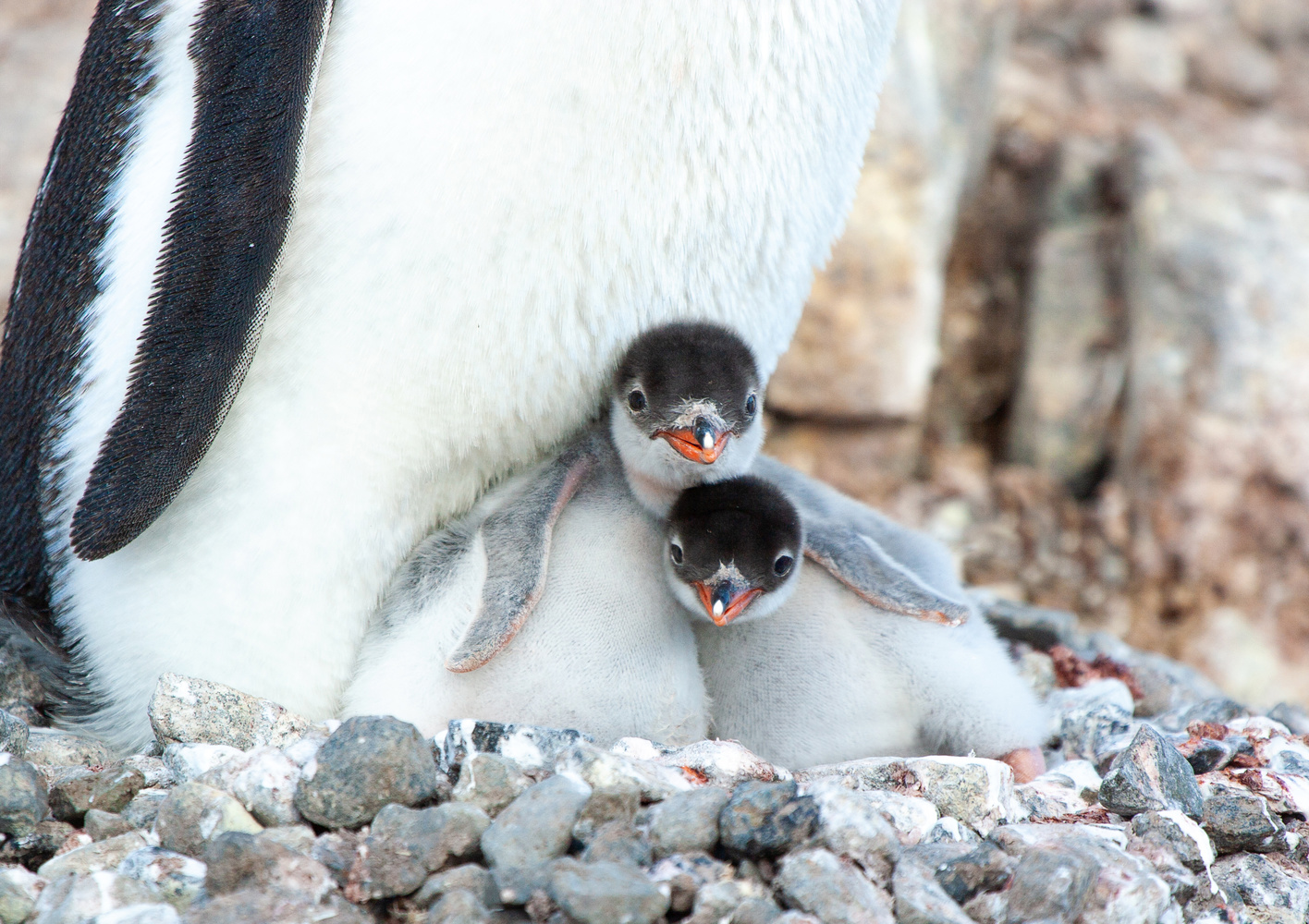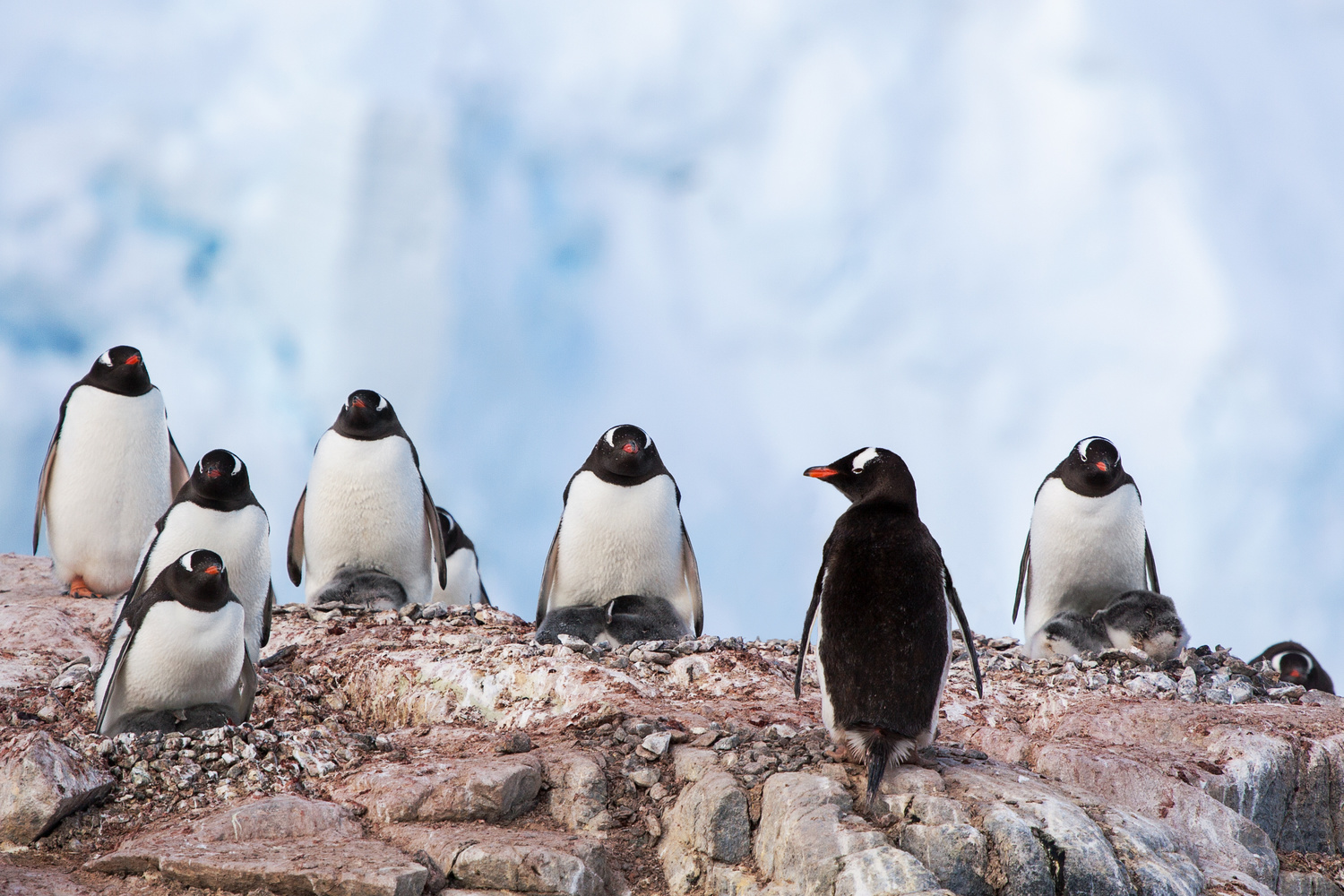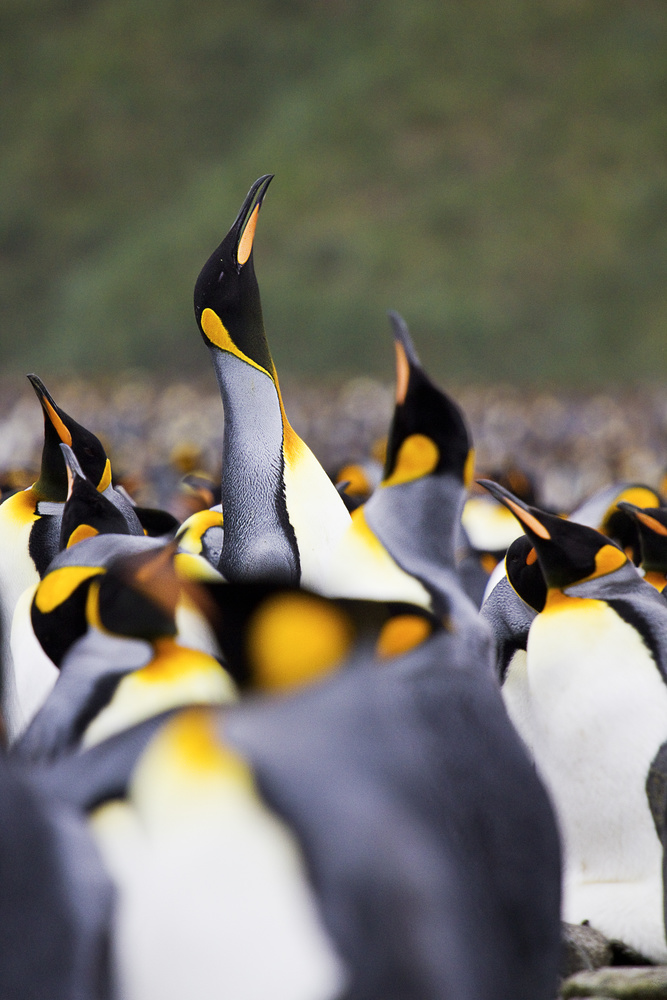I recently wrote a piece for Bradt Guides' Travel Club offering tips on how to get the most out of a trip to the Southern Ocean and Antarctica. I, for one, am feeling serious withdrawal from travel. If you're planning a trip to Antarctica or love landscapes and wildlife, climb aboard.
Gear: Robust, Light, and Long

Before getting into Antarctic landscapes and wildlife, I think it's important to focus briefly on gear. We all know that gear doesn't make the photographer. Some of my favorite images from my travels were taken on my first trip to South Georgia with a Canon 20D and an ancient Rebel. The gear held up well, the pictures still hang in my house. That being said, if you've paid tens of thousands of dollars to get all the way down to the bottom of the globe, it's worth thinking about bringing more robust gear that will stand up to the extreme elements, for example, the Canon 1DX. Related, given the importance of maintaining distance from the wildlife, bringing a longer telephoto will help create compelling portraits. Of course, a 300mm f/2.8 plus an extender isn't in everyone's budget, so, consider renting longer lenses for your trip.

Two quick but important side notes. First, whenever you're getting into a zodiac for a shore landing or coastal cruise, make sure that you're putting your gear in water-tight bags. You never know what's going to happen in the surf on the beach. Second, if you're facing challenging flight-related weight allowances, consider the newest breed of pro-level mirrorless, like Canon's R3. Robust and light.
Getting There
If you're planning a trip like this, it's important that you select the right travel provider to make sure you're getting the most out of the experience. Look for a ship that meets the IAATO (International Association of Antarctic Tour Operators) requirements for most if not all of the landing sites. Getting all the way to Antarctica and having to watch the show from the deck of a monstrosity of a ship won't give you the sense of immersion you're probably paying for. You're going to want to get right into the middle of things. The MS Expedition, GAdventures' ship, sails with just over 100 passengers, the magic limit for landing at most, if not all, of the available landing sites in Antarctica and South Georgia.

When to Go
While planning your trip, you should also be considering timing. Different parts of the Antarctic season offer different experiences. Early season, October to November, will give you a chance to see the continent before it warms up for summer. There will be a lot of ice. You'll also get to see the beginning of the mating season for elephant seals. Bull elephant seal fights over mating rights are spectacular. A lot of blubber and a lot of ferocity.
If you go mid-season, December or January, you'll see the penguin chicks. Thousands of furry little creatures waddling around, waiting for their close-up.

If you go late in the season, you're going to get the first licks of winter. It will get colder and there will be more ice. It's also when most whales congregate in the Southern Ocean. This is whale watching at its best.
Anticipating Life and Death Moments
Watching the skua and petrel (southern birds of prey) hunt cute little penguin chicks can be heartbreaking. To be fair, a skua's gotta eat. In terms of photography, be ready, don't give up. I've seen many photographers pack up when they think that the battle is over, just to scramble to take their gear back out when the predators take one more shot at a tired penguin parent.

Likewise, most photographers have a tendency to move quickly around landing sites, trying to take it all in. Sure, you'll see a lot of different areas, but if you find a group of huddled penguins, it's worth spending time with just one group. Having time with a group of animals will give you an opportunity to really watch them. To see their different interactions and behaviors. Have patience with the wildlife. Odds are they'll do something lovable and cute.

Take some time to learn about the behaviors of the animals you're going to see. Knowing wildlife behavior will help you to anticipate a feeding chase, a charge, or a breach, which will, in turn, help you to capture unique images. For example, why do penguins seem to always stand like this?

The Light at the Bottom of the World
Like all extreme latitudes, Antarctica's summer gets almost 24 hours of daylight. If the pace aboard the ship permits, take mid-day naps so that you can take advantage of the long twilight hours to bring home images that look like another planet.

Look for a Different Angle
Some providers, like GAdventures, will provide travelers with the opportunity to kayak or camp in Antarctica. If you're looking for a different angle, there is no better place to be than right on the water. The low angles, looking up at apartment block-sized icebergs, are incredible.

If you're lucky, you might even get to see a whale eye-to-eye. Make sure you keep your distance from both icebergs and wildlife, they're both unpredictable and potentially dangerous.
Fast Shutter Speed and a Closed-Down Aperture
Although penguins and seals don't look fast, they can get moving in a hurry, if compelled. For the most part, make sure you keep your shutter speed as fast as the light permits.
Although depth of field and pretty bokeh are all the rage, be selective when you open up your aperture. Even a hefty elephant seal will drift in and out of focus just by breathing if you're shooting wide open. I'm not suggesting you don't use a shallow depth of field when it's suitable, but realize that the wildlife moves about a lot, even at rest.
The Crown Jewel of the Southern Ocean: South Georgia

One last comment, Antarctica itself is stunning. There are no two ways about it. But, if you have the time and money, try to book a trip that will get you to South Georgia. Landing on a beach with 200,000 penguins is something that you'll remember for the rest of your life. My visceral reaction to St. Andrews Bay actually started me down the road that eventually saw me leave my day job.

Don't be surprised when a trip south encourages extreme life decisions.
All images from let us go photo, Mark Dunsmuir, tear sheets provided by Bradt Guides.






